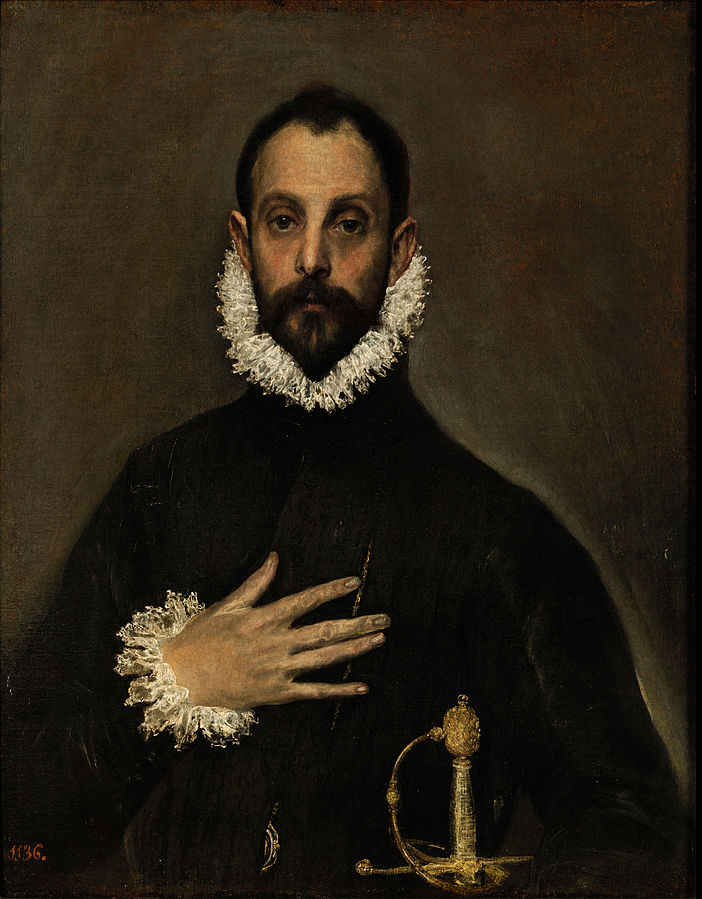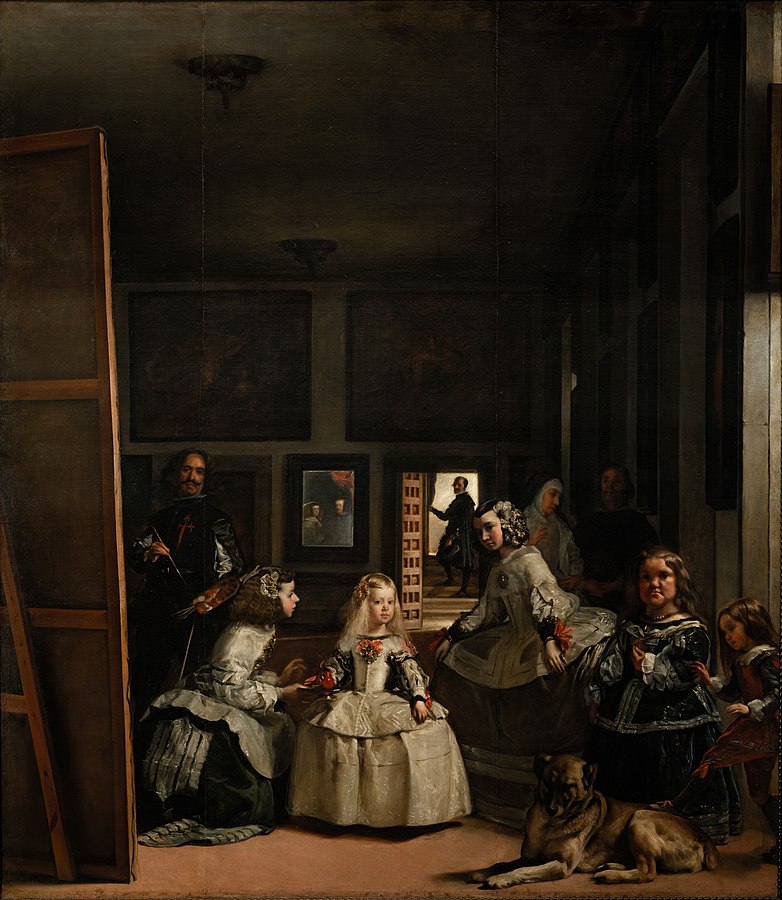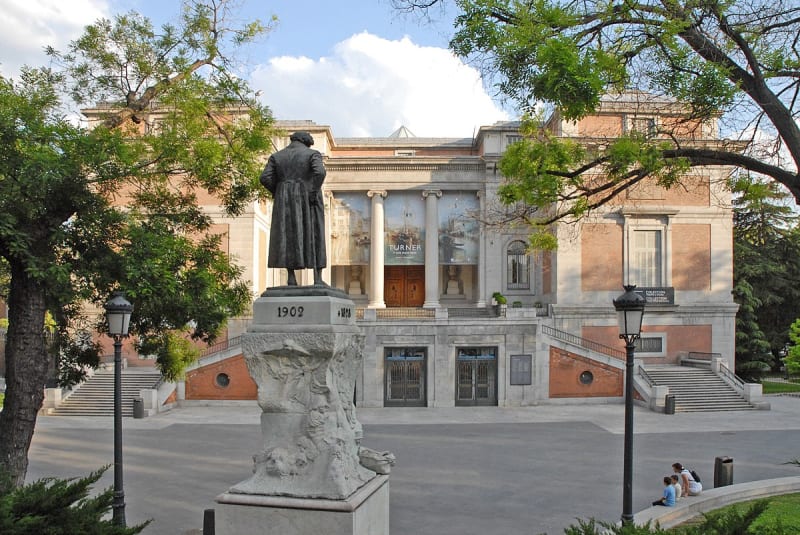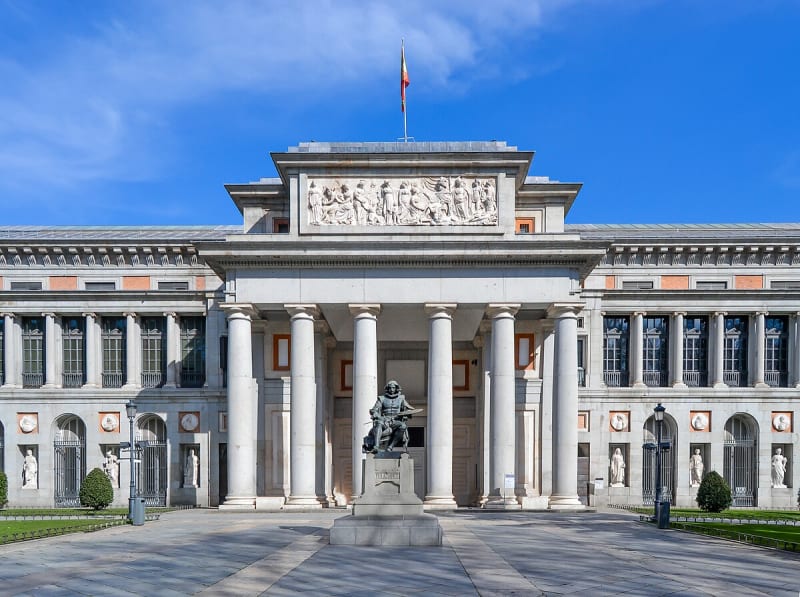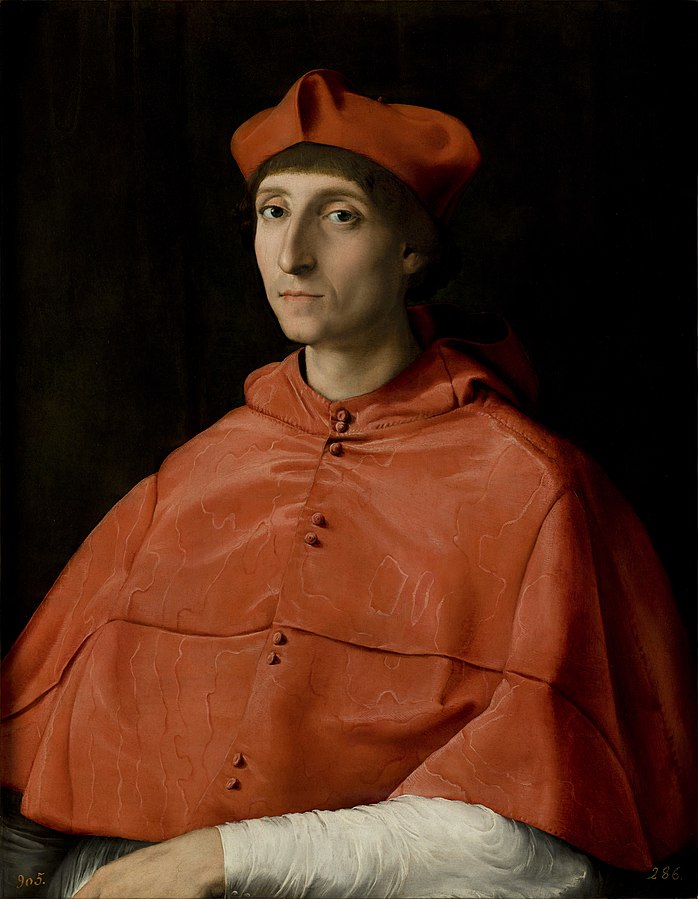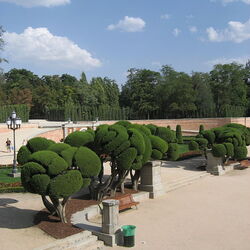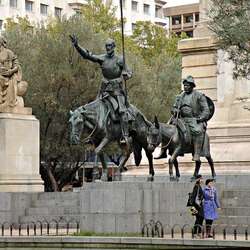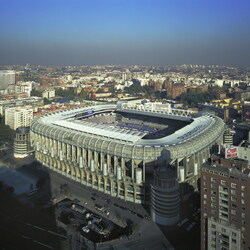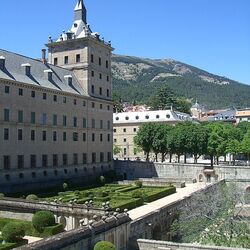Prado Museum
The Prado Museum is the main art museum in Spain, it is located in the center of Madrid. It features works from the Spanish, Flemish, and Italian schools, as well as works by artists from other schools and sculptors from different countries. The institution got its name from the park in which it was built.
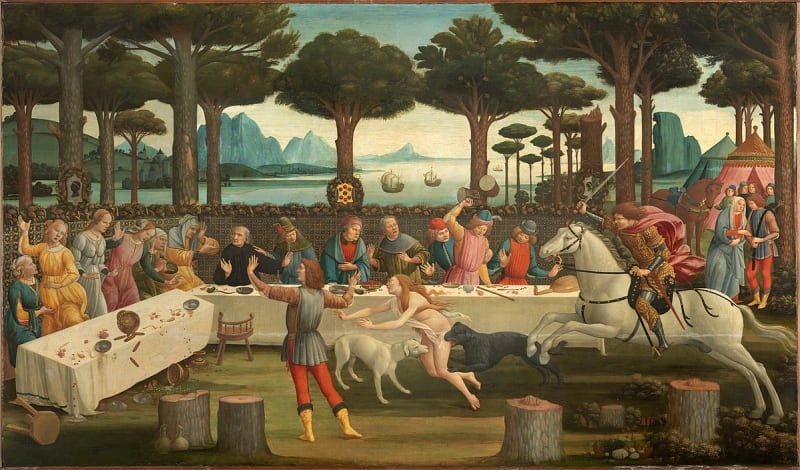
A bit of history
King Carlos III of Spain decided to open a Natural History Cabinet. The king ordered the construction of a building in the center of the capital for the Cabinet. The project was commissioned by architect Juan de Villanueva. The construction of the Prado Museum was completed only by Carlos's grandson Ferdinand VII. Ferdinand's wife, Queen Maria Isabel de Braganza, decided to open the Royal Museum of Paintings and Sculptures in the new building, which she did in 1819. The museum was later renamed the Prado National Museum.
The discovery had two goals:
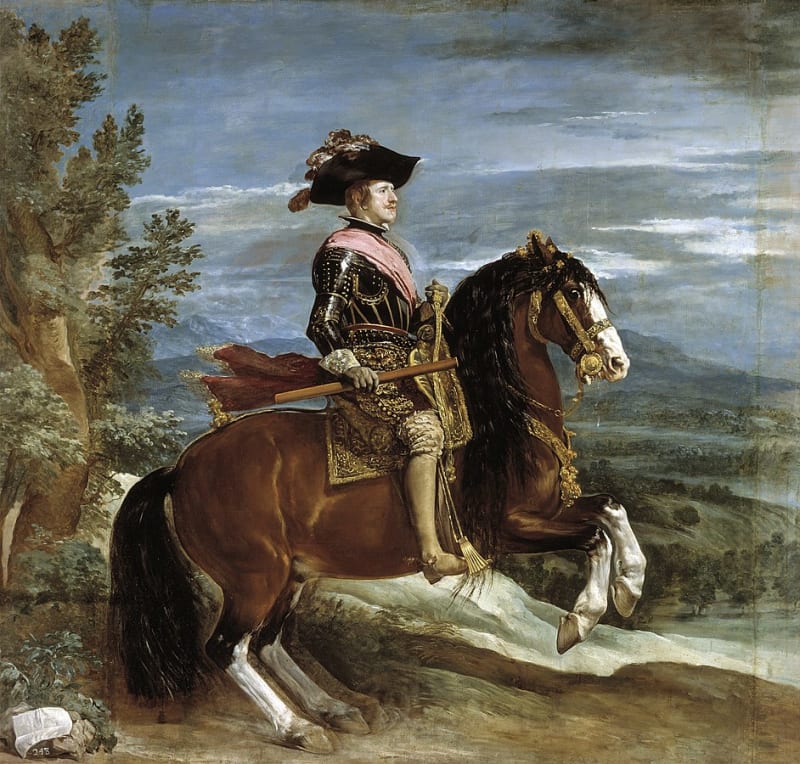
- Show the world the magnificent royal collection of paintings and sculptures.
- To prove to the world the high level of mastery of the Spanish school of painting and sculpture.
The first catalog, prepared for the opening of the museum, included only 311 paintings by Spanish masters, although the museum featured more than 1.5 thousand works by artists from different schools.
Description
The basis of the Prado Museum is a collection of paintings belonging to the royal house. It has been replenished for several centuries. Especially active in the 16th century . The Habsburgs and Bourbons later made a significant contribution. Through the efforts of the ruling royals, the collection has acquired works by El Greco, Raphael, Tintoretto, Durer, Velasquez, Rubens, Goya, Bosch. These masterpieces now serve as priceless decorations and are the subject of great pride of the Prado Museum.
The institution's collection is regularly updated. In the 19th century, several museums were closed, the collections of which were transferred to the Prado. Some of the paintings were handed over to the museum by inheritance and as donations.
In 1868, the museum was nationalized and renamed the National Museum. The collection could hardly fit into the walls of the museum. In 1918, several pavilions were added to the building, and later neighboring buildings were added. In 2007, another new building was built by architect R. Moneo. The new building is called the Moneo Cube, and harmoniously combines with the overall architecture of the museum.
To date, the collection of the Prado Museum has more than 8 thousand works. Only about 2,000 are used as permanent exhibits. The museum's collection includes 40 works by Titian, Spanish, Flemish, French, German, and English paintings. An exhibition of sculptures is presented in the halls located in the basements.
The Prado Museum is visited by more than 2 million people annually. Among the paintings presented, you must definitely see:
- D. Velasquez "Meniny";
- El Greco "The Worship of the Shepherds";
- F. Goya's "Portrait of the family of Charles IV";
- I. Bosch "The Garden of earthly delights";
- P. P. Rubens "The Three Graces".
Interestingly, the building does not have a hall with the number 13. In 1936-39, the great master Pablo Picasso was the manager of the Prado Museum.
